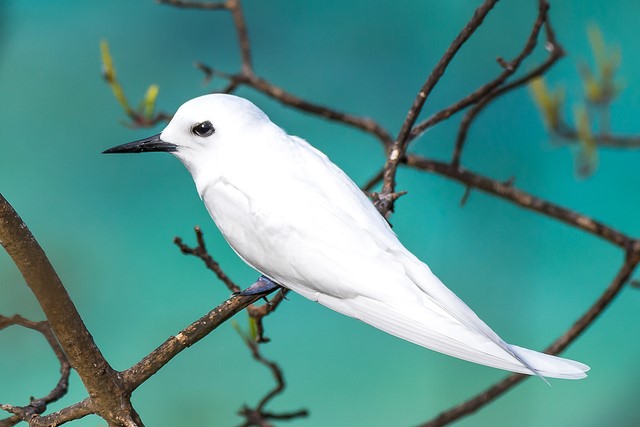Birdfinding.info ⇒ Locally common on and around its remote mid-oceanic nesting islands, but very rarely seen anywhere else. The relatively accessible sites where it can be found readily are Fernando de Noronha and St. Helena.
Atlantic Fairy-Tern
Gygis alba
Mid-oceanic islands of the tropical South Atlantic, where it “nests” by laying an egg in an open depression on a tree branch, cliff ledge, or building.
Breeds on Fernando de Noronha, Trindade, Martin Vaz, Ascension, and St. Helena.
Mostly resident in the vicinity of its nesting islands, but some dispersal certainly occurs, as there are many records of encounters at sea in the tropical Atlantic, including some north of the Equator.
There is at least one record from coastal Bahia and two from North Atlantic islands: Bermuda and San Salvador, Bahamas.
Identification
A small, ethereal, all-white tern with a daggerlike black bill and a black eye bordered by black feathers.
Juveniles are almost all-white with subtle buffy fringes on the upperparts and a spattering of buffy spots on the underparts.
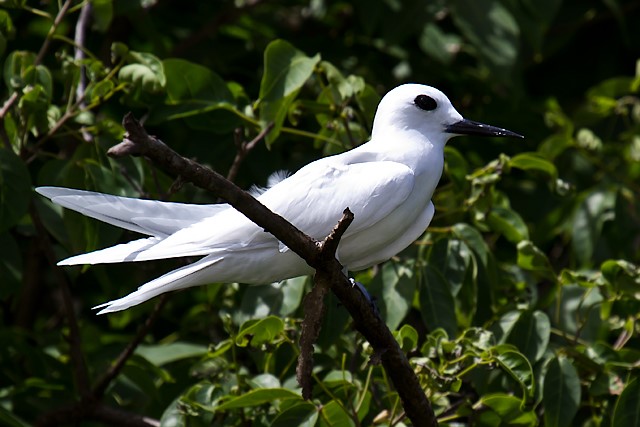
Atlantic Fairy-Tern. (Fernando de Noronha, Brazil; March 14, 2011.) © Luís Roberto da Silva
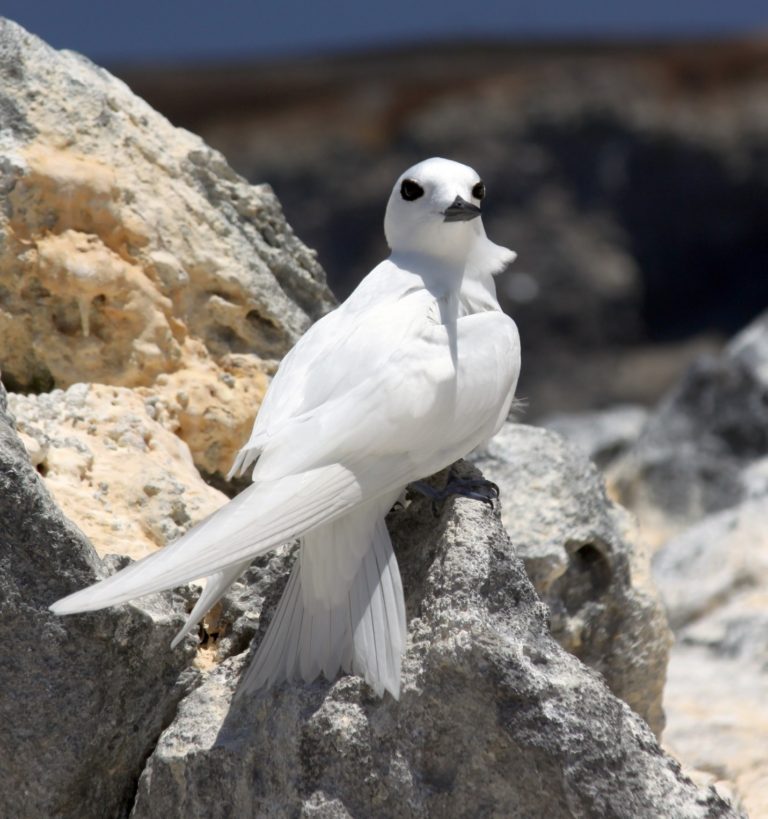
Atlantic Fairy-Tern. (Boatswain Bird Island, Ascension; February 22, 2013.) © Drew Avery
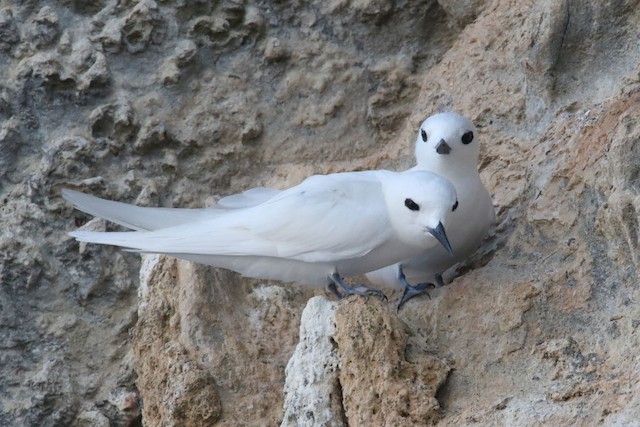
Atlantic Fairy-Tern. (Boatswain Bird Island, Ascension; April 5, 2018.) © Noah Strycker
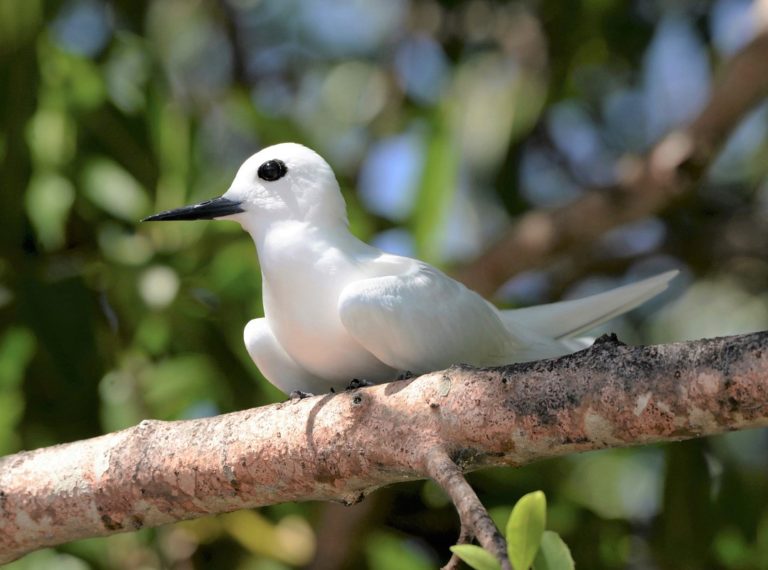
Atlantic Fairy-Tern. (Fernando de Noronha, Brazil; April 10, 2019.) © Julio Machado

Atlantic Fairy-Tern. (Jamestown, St. Helena; March 31, 2018.) © Noah Strycker
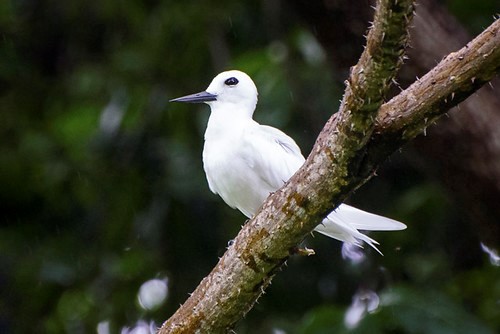
Atlantic Fairy-Tern. (Fernando de Noronha, Brazil; February 13, 2020.) © Cláudio Dias Timm
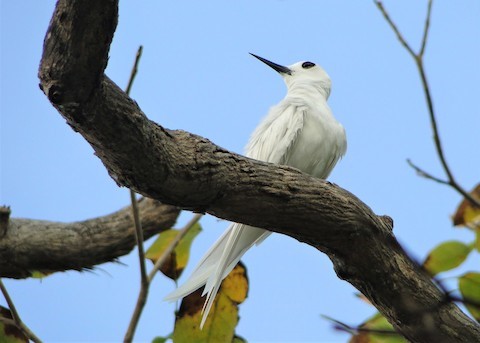
Atlantic Fairy-Tern. (Fernando de Noronha, Brazil; October 7, 2018.) © Carlos Otávio Araujo Gussoni
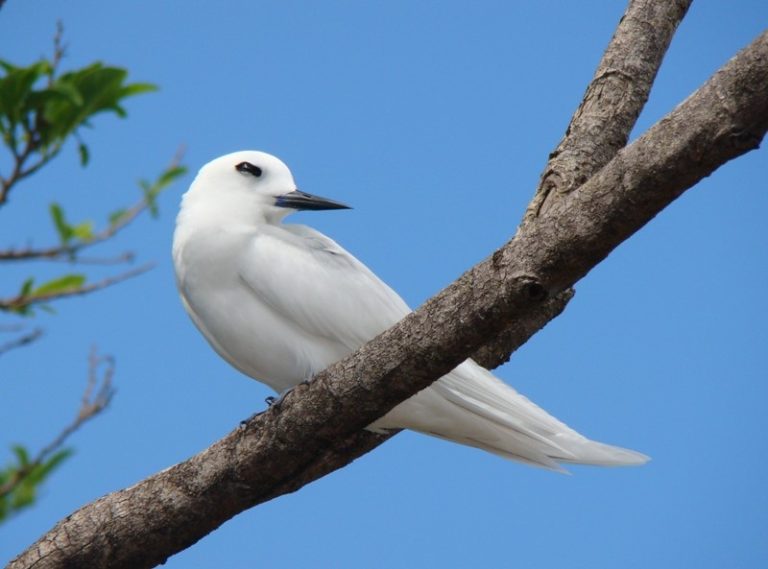
Atlantic Fairy-Tern, showing a small amount of blue at the base of the bill. (Fernando de Noronha, Brazil; May 22, 2010.) © Vítor Piacentini
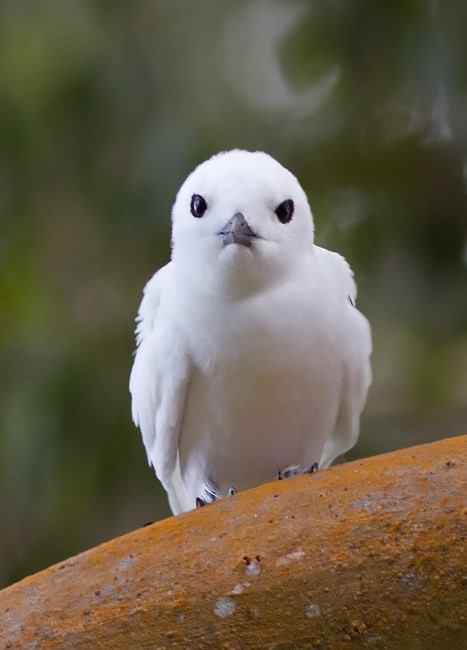
Atlantic Fairy-Tern. (Ascension Island; March 29, 2012.) © Russ Telfer
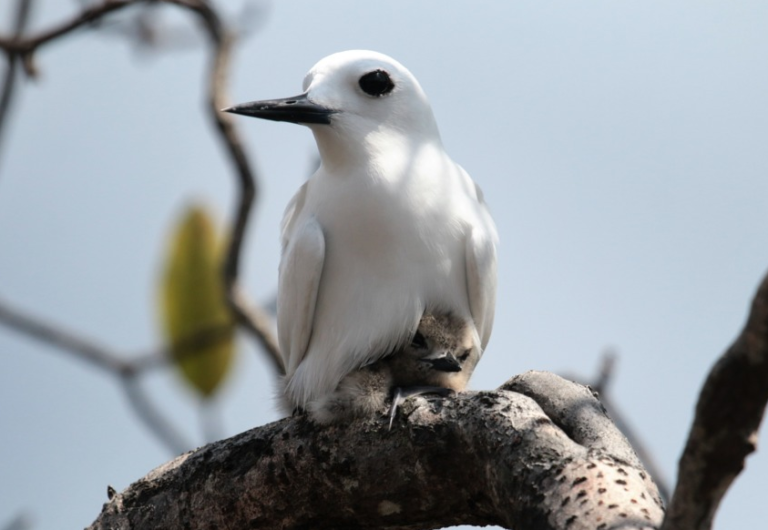
Atlantic Fairy-Tern, adult with chick. (Fernando de Noronha, Brazil; September 22, 2018.) © Ottokar Brühmüller
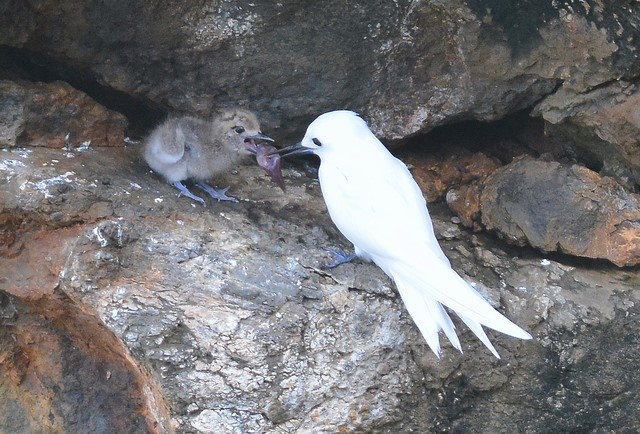
Atlantic Fairy-Tern, adult feeding chick. (Fernando de Noronha, Brazil; April 26, 2017.) © Robson Czaban
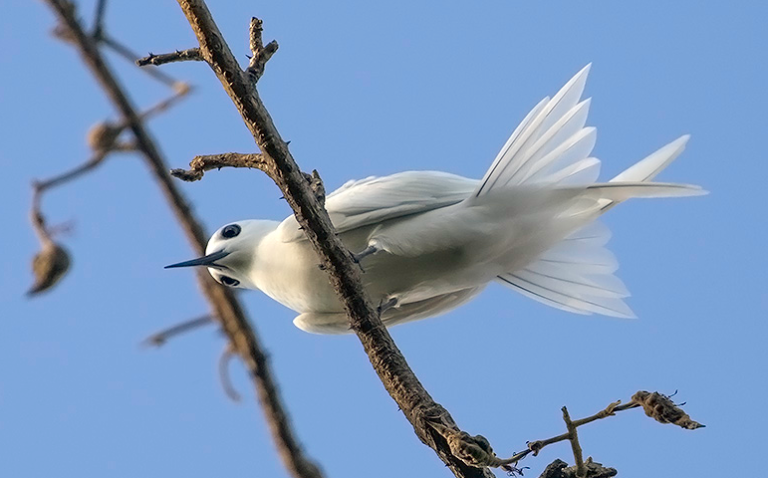
Atlantic Fairy-Tern. (Fernando de Noronha, Brazil; October 5, 2016.) © Marco Guedes

Atlantic Fairy-Tern. (Fernando de Noronha, Brazil; May 31, 2019.) © Francisco Hamada

Atlantic Fairy-Tern. (Fernando de Noronha, Brazil; October 5, 2016.) © Marco Guedes
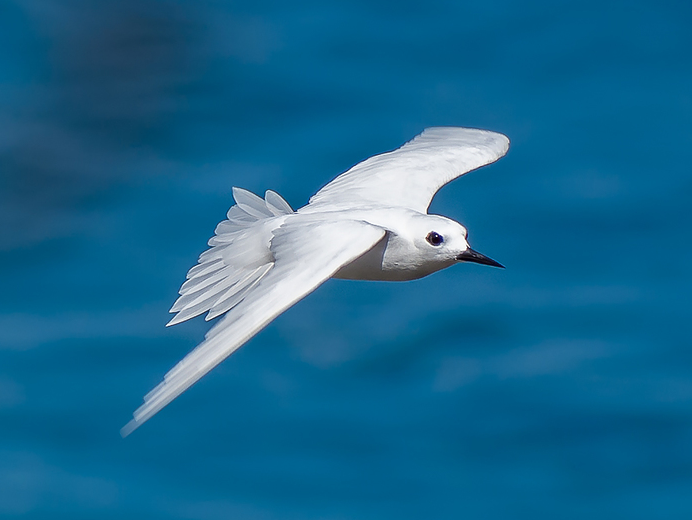
Atlantic Fairy-Tern. (Fernando de Noronha, Brazil; December 18, 2016.) © Celso B. Almeida
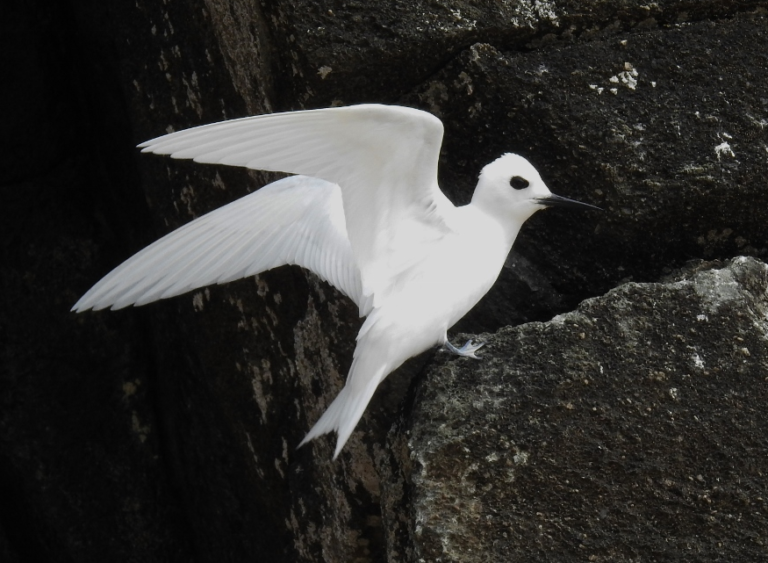
Atlantic Fairy-Tern. (Ilha da Trindade, Brazil; October 17, 2016.) © Ronald Santiago
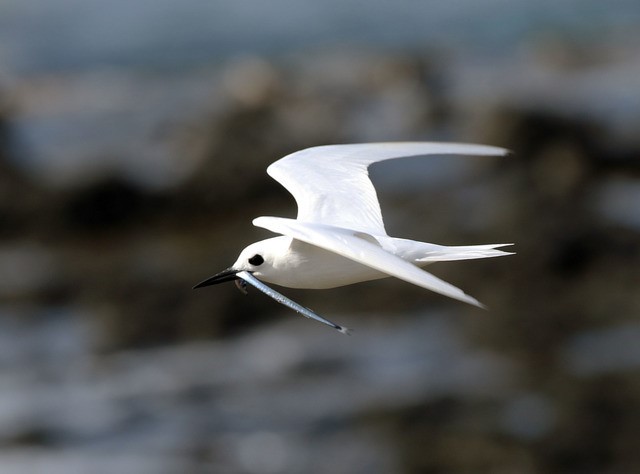
Atlantic Fairy-Tern, carrying a fish. (Fernando de Noronha, Brazil; August 10, 2018.) © Jayrson Araújo de Oliveira
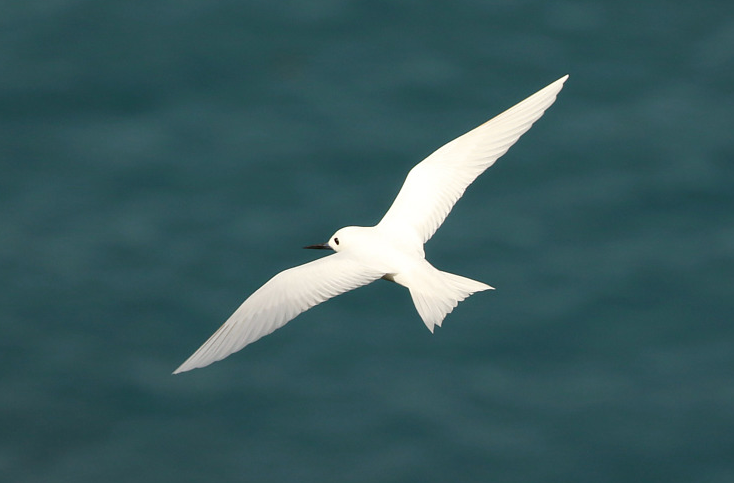
Atlantic Fairy-Tern. (Fernando de Noronha, Brazil; March 16, 2019.) © Raphael E.F. Santos
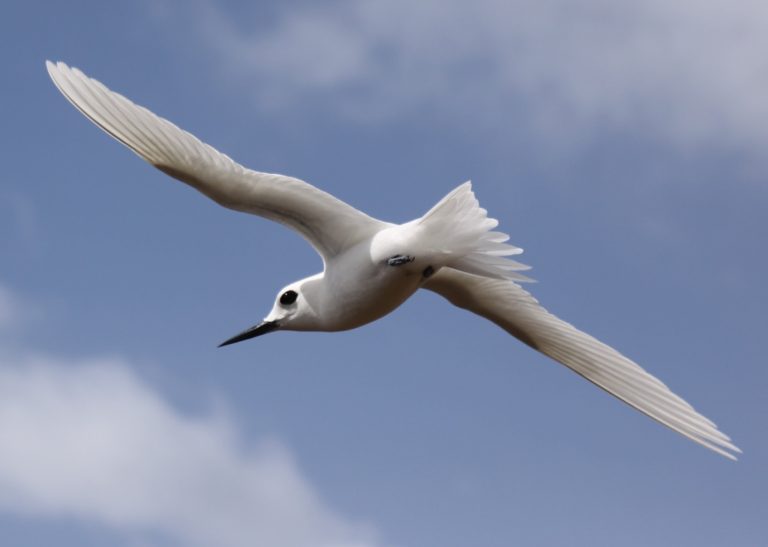
Atlantic Fairy-Tern. (Boatswain Bird Island, Ascension; April 10, 2011.) © Drew Avery

Atlantic Fairy-Tern. (Ascension Island; March 29, 2012.) © Russ Telfer
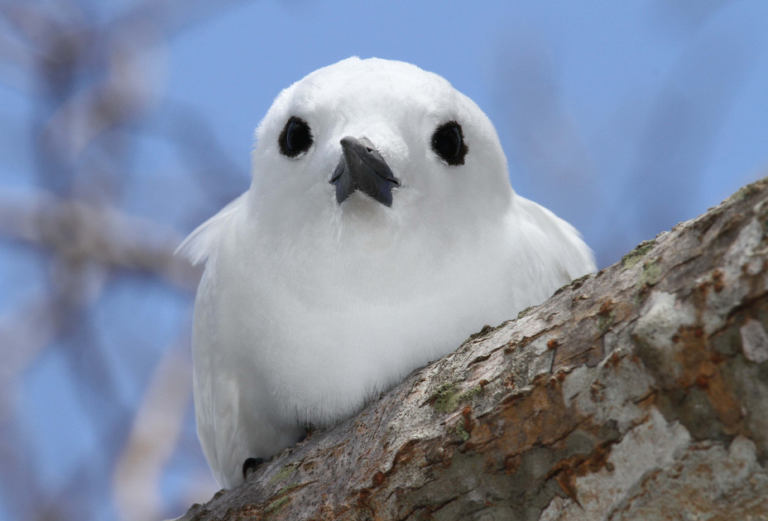
Atlantic Fairy-Tern. (Fernando de Noronha, Brazil; October 19, 2014.) © Liliane Lodi
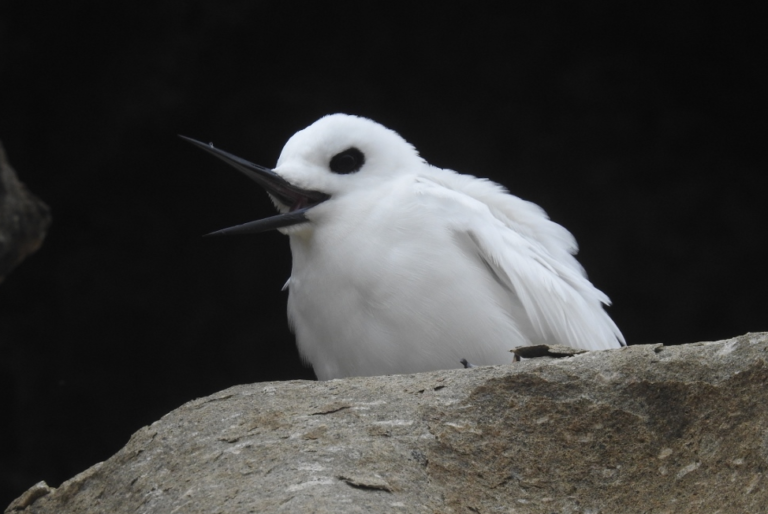
Atlantic Fairy-Tern. (Ilha da Trindade, Brazil; October 17, 2016.) © Ronald Santiago
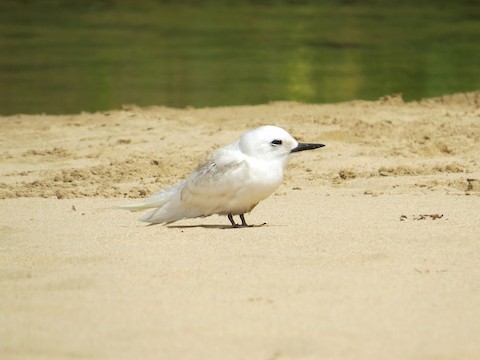
Atlantic Fairy-Tern, juvenile. (Fernando de Noronha, Brazil; October 24, 2018.) © André Weiss

Atlantic Fairy-Tern, chick. (Fernando de Noronha, Brazil; October 12, 2018.) © Carlos Otávio Araujo Gussoni

Atlantic Fairy-Tern, juvenile. (Fernando de Noronha, Brazil; February 18, 2018.) © Leopoldo Pivovar Plotecya

Atlantic Fairy-Tern, fledgling. (Fernando de Noronha, Brazil; August 29, 2012.) © Rodrigo Conte
Voice. Various buzzy or gravelly calls, spanning a wider range than the Common Fairy-Tern, including some that are deep and resonant compared with Common’s equivalent calls:
Cf. Common Fairy-Tern. Common and Atlantic Fairy-Terns are not known to have occurred in one another’s ranges. However, the identity of some vagrants has been uncertain, particularly as the two forms were traditionally considered conspecific and the differences have not been widely understood. Common’s bill is distinctly upturned and has an extensively blue base, whereas Atlantic’s bill is nearly straight (more typically tern-shaped) and usually all-black—although it sometimes has a small amount of blue near the base. Vocalizations differ: Atlantic appears to have a wider vocal range, including some call that are similar to but notably deeper than Common’s.
Notes
Monotypic species. Traditionally considered conspecific with Common Fairy-Tern (G. candida) and Little Fairy-Tern (G. microrhyncha), known collectively as the White Tern (G. alba), but the anatomical differences among them are substantial, as detailed by Pratt (2020), almost certainly sufficient to sustain recognition as separate species.
References
BirdLife International. 2018. Gygis alba. The IUCN Red List of Threatened Species 2018: e.T22694821A132576063. https://dx.doi.org/10.2305/IUCN.UK.2018-2.RLTS.T22694821A132576063.en. (Accessed November 19, 2020.)
eBird. 2020. eBird: An online database of bird distribution and abundance. Cornell Lab of Ornithology, Ithaca, N.Y. http://www.ebird.org. (Accessed November 15, 2020.)
Harrison, P. 1983. Seabirds: An Identification Guide. Houghton Mifflin, Boston.
Howell, S.N.G., and K. Zufelt. 2019. Oceanic Birds of the World. Princeton University Press.
Kirwan, G.M., A. Levesque, M. Oberle, and C.J. Sharpe. 2019. Birds of the West Indies. Lynx Edicions, Barcelona.
Pratt, H.D. 2020. Species limits and English names in the genus Gygis (Laridae). Bulletin of the British Ornithologists’ Club 140:195-208.
van Perlo, B. 2009. A Field Guide to the Birds of Brazil. Oxford University Press.
Wikiaves. 2020. Grazina, https://www.wikiaves.com.br/wiki/grazina. (Accessed November 19, 2020.)
Xeno-Canto. 2020. White Tern – Gygis alba. https://www.xeno-canto.org/species/Gygis-alba. (Accessed November 17, 2020.)
